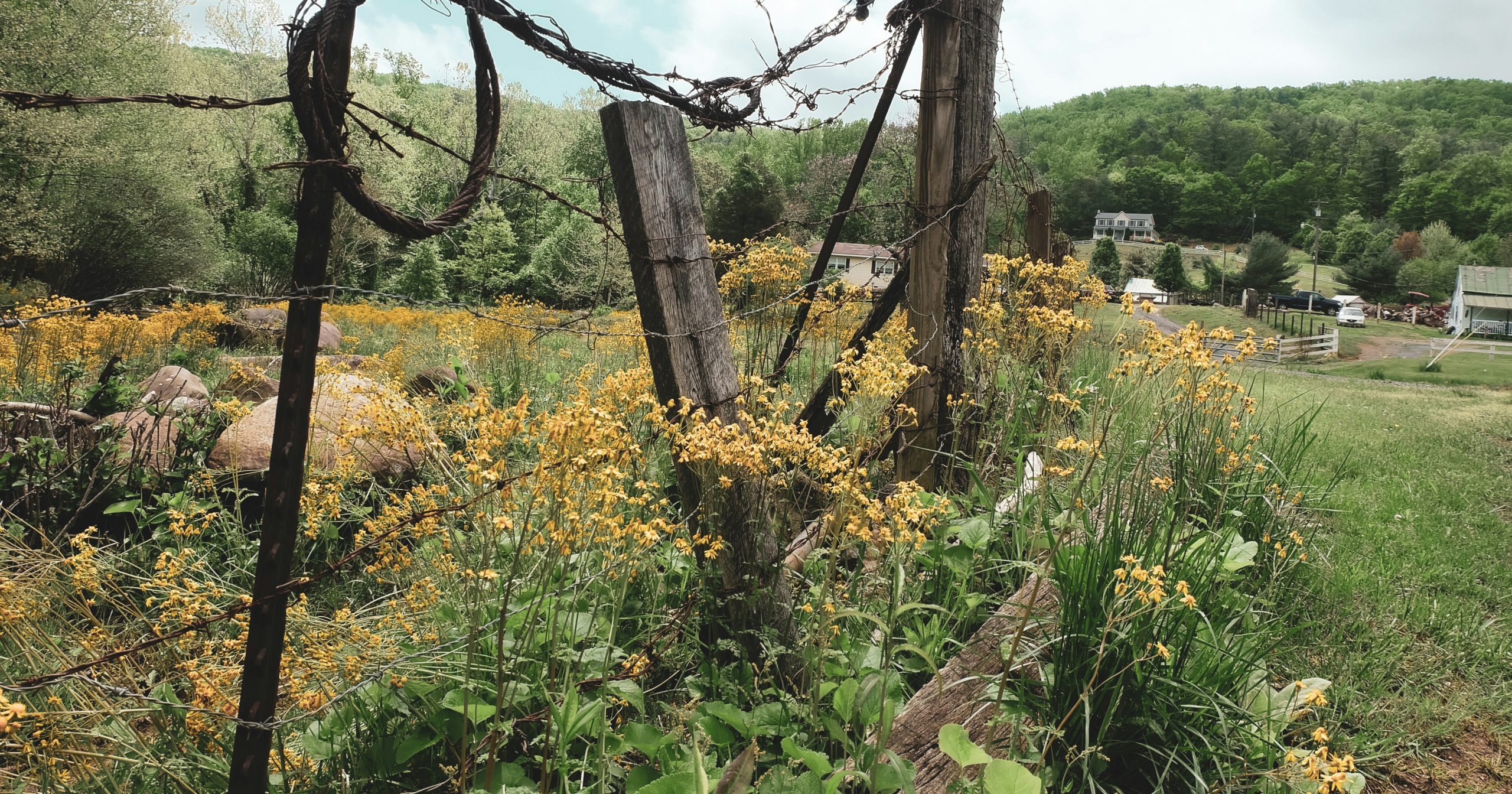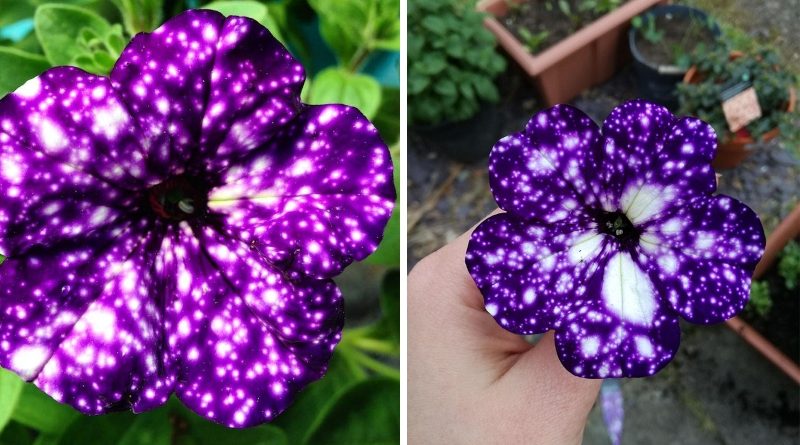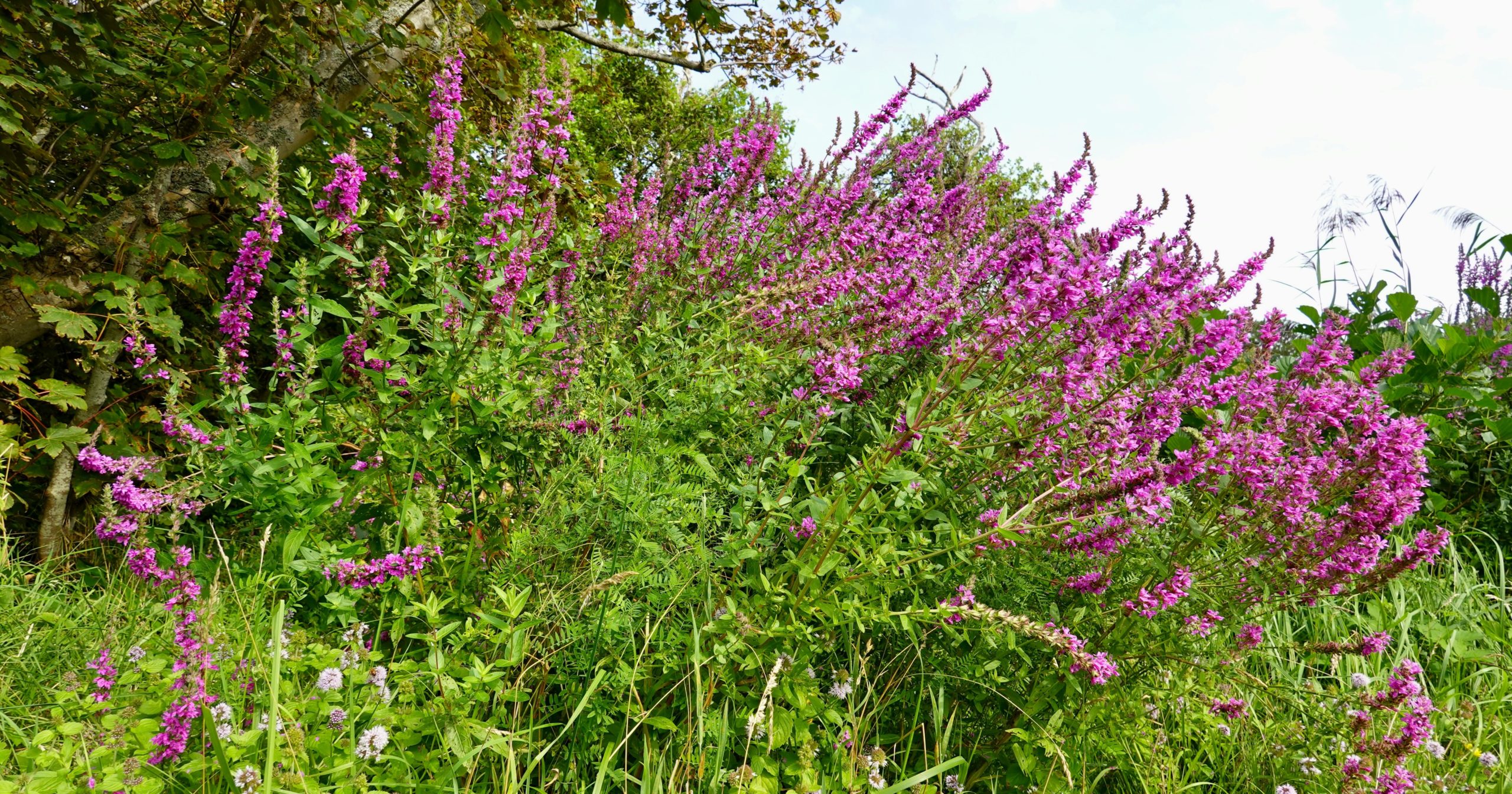Plants have always held a special place in human culture and mythology, often imbued with supernatural properties and mystical significance. Throughout history, different cultures have ascribed magical qualities to various plants, weaving them into their legends and folklore. These plants are not just fascinating for their botanical characteristics but also for the rich stories that surround them.
In this article, I’ll share fifteen plants that have intriguing supernatural mythologies. Each plant has its unique tale, rooted in ancient traditions and beliefs. Let’s explore these plants and their legends, discovering how they’ve captivated human imagination through the ages!
Mandrake
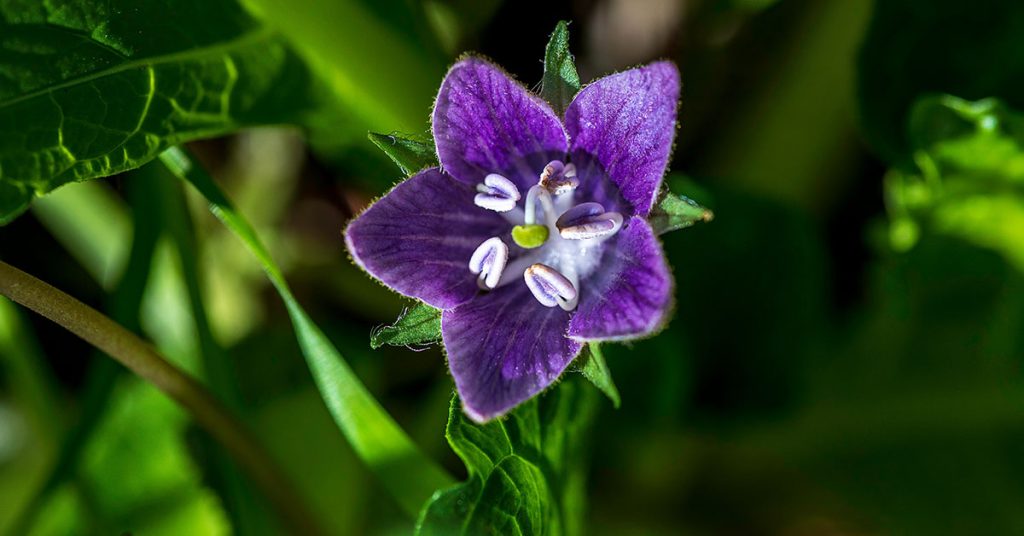
Mandrake (Mandragora officinarum) has one of the most famous mythologies, primarily rooted in European folklore. This plant, native to the Mediterranean region, is often depicted in ancient texts as having a humanoid root. The myths surrounding mandrake are as old as the first century AD, with mentions in writings by Pliny the Elder and Dioscorides.
According to legend, mandrakes would scream when uprooted, and their cry could kill anyone who heard it. To harvest the mandrake safely, folklore advised tying a dog to the plant and letting the animal pull it out, thereby absorbing the fatal scream. Mandrakes were also believed to have magical properties, such as curing sterility and acting as a powerful aphrodisiac.
Aconite
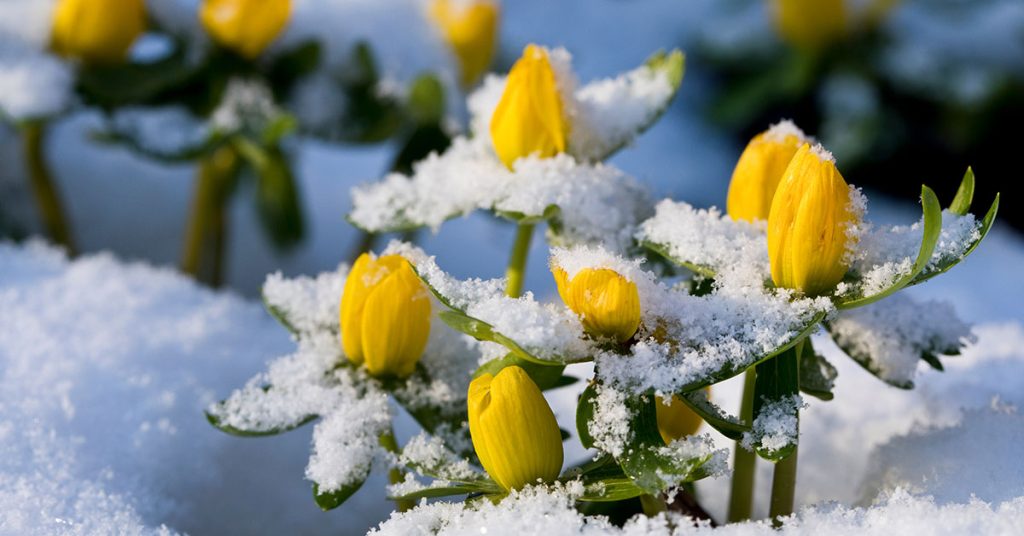
Aconite (Aconitum), also known as monkshood or wolfsbane, has a dark and mystical history, originating from the mountainous regions of Europe and Asia. The myths surrounding this plant date back to ancient Greek mythology. According to legend, aconite sprang from the saliva of Cerberus, the three-headed dog that guarded the entrance to the underworld, when Hercules dragged him to the surface.
Aconite has long been associated with witchcraft and magic, often used in spells and potions for its toxic properties. In medieval times, it was believed that witches used aconite to transform themselves into animals or to fly. Despite its beauty, aconite’s toxic nature has cemented its place in supernatural folklore as a plant of both danger and enchantment.
Mistletoe
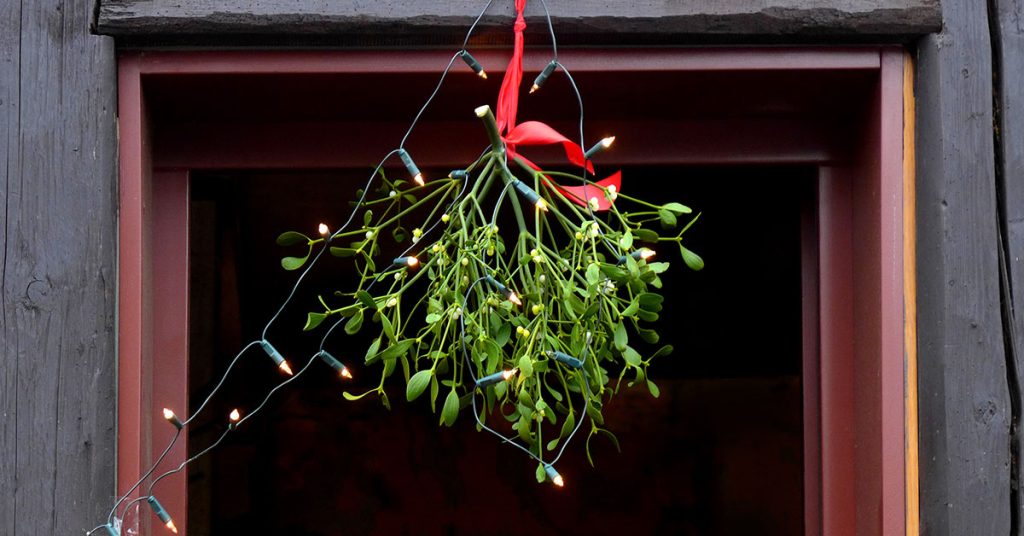
Mistletoe (Viscum album) holds a special place in European mythology, particularly among the ancient Celts and Norse. The myths surrounding mistletoe are at least a couple of thousand years old, with significant mentions in the Norse mythology of the Edda, written in the 13th century. According to Norse legend, mistletoe was used to craft the weapon that killed the god Balder, leading to its association with both life and death.
The Celts considered mistletoe sacred, believing it to have protective and healing properties. Druids would harvest it with great ceremony, using golden sickles, and believed it could cure illnesses, ward off evil spirits, and ensure fertility. Today, mistletoe is more commonly associated with Christmas traditions, but its ancient mystical roots remain an integral part of its allure.
Yew
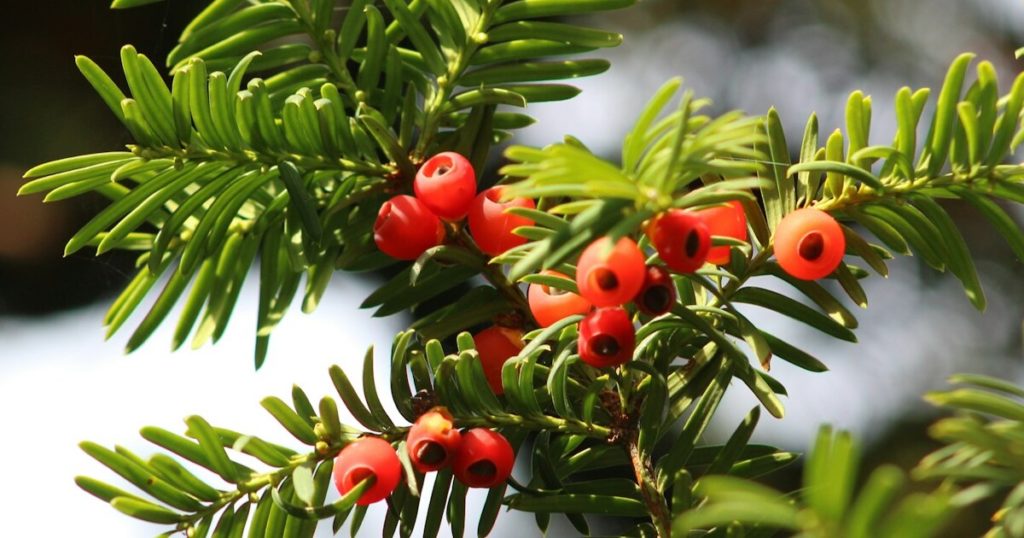
Yew (Taxus baccata) is a tree steeped in mythology, particularly in Europe, where it is native. The myths surrounding yew trees date back to ancient times, with the Celts and later the Christians holding it in high regard. Yews were often planted in graveyards and churchyards, believed to protect the dead and act as a gateway between the worlds of the living and the dead.
The yew tree’s association with immortality and regeneration stems from its incredible longevity and ability to regrow from seemingly dead wood. In Celtic mythology, yew was considered a symbol of death and rebirth, often used in rituals and sacred ceremonies. Its dark, dense foliage and toxic berries only add to the yew’s mysterious and supernatural reputation.
Foxglove
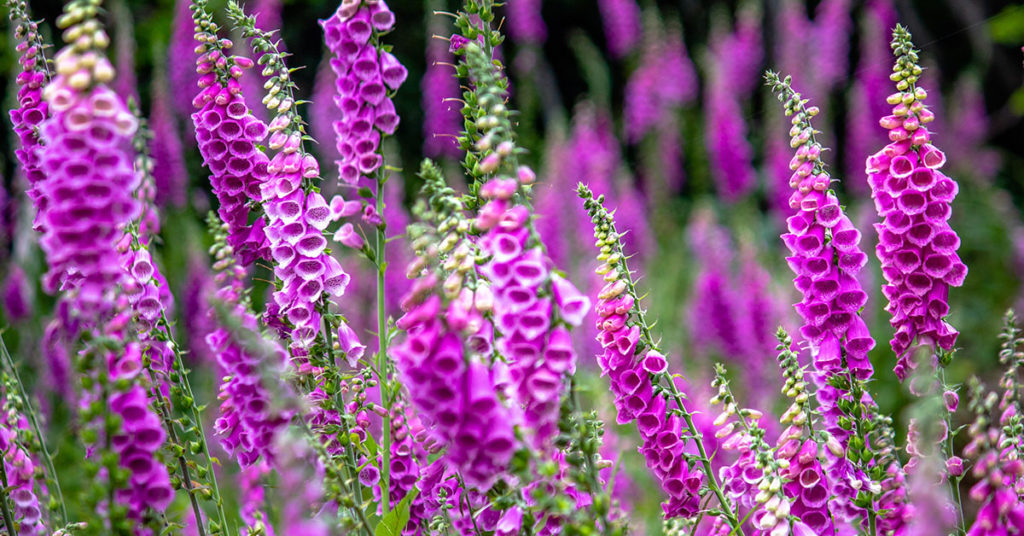
Foxglove (Digitalis purpurea) is a plant with a rich folklore, particularly in Europe, where it is native. The myths surrounding foxglove can be traced back to the Middle Ages. It was believed that foxgloves were favored by fairies, who wore the flowers as gloves, hence the name “foxglove.” In some tales, it was said that the plant could be used to ward off evil spirits.
In addition to its association with fairies, foxglove was also thought to have protective properties. Farmers would hang foxglove in barns to protect livestock from witches and evil forces. However, the plant’s potent toxicity made it a double-edged sword, revered for its beauty and feared for its deadly properties. This duality adds to its mystical charm and intrigue.
Lotus
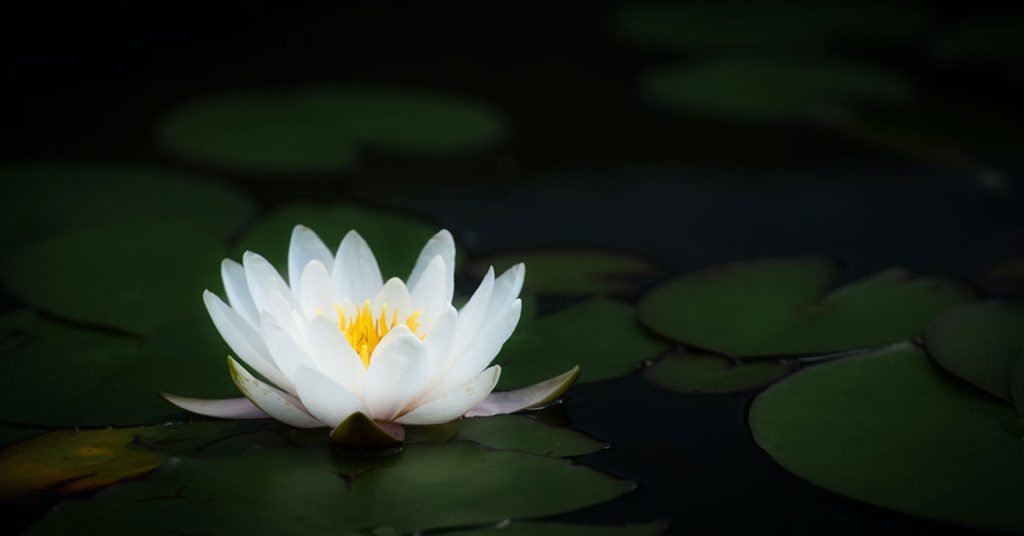
The Lotus (Nelumbo nucifera) is a symbol of purity and enlightenment, deeply rooted in Asian mythology, particularly in India and China. The myths surrounding the lotus are ancient, with references in texts dating back over 3,000 years. In Hindu and Buddhist traditions, the lotus is a symbol of spiritual awakening and divine beauty.
In Hindu mythology, the gods and goddesses are often depicted seated or standing on lotus flowers. The lotus is also a symbol of creation and cosmic renewal, emerging pristine and pure from muddy waters. In Buddhism, the lotus represents the purity of the body, speech, and mind, rising above the defilements of life. The lotus’s ability to bloom in murky waters yet remain untouched by the dirt is central to its mystical significance.
Oak
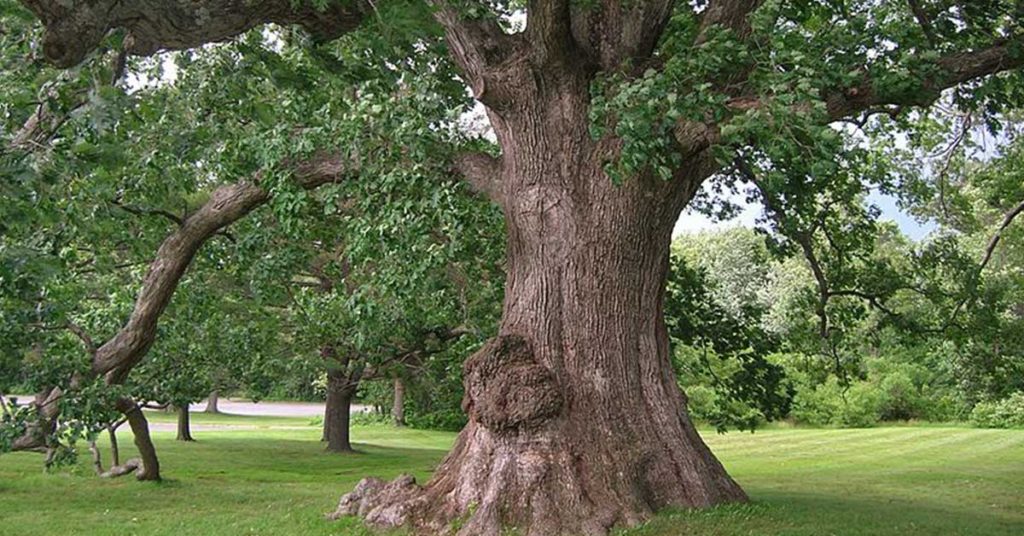
The Oak (Quercus) is revered in many cultures for its strength, longevity, and connection to the divine. Native to the Northern Hemisphere, oak trees have been a symbol of endurance and protection for thousands of years. In Celtic mythology, the oak was sacred to the Druids, symbolizing wisdom, strength, and stability.
The Norse also held the oak in high regard, associating it with Thor, the god of thunder. It was believed that oak trees could protect against lightning, and they were often planted near homes for this reason. The oak’s towering presence and deep roots made it a powerful symbol in various mythologies, embodying the connection between heaven and earth.
Datura
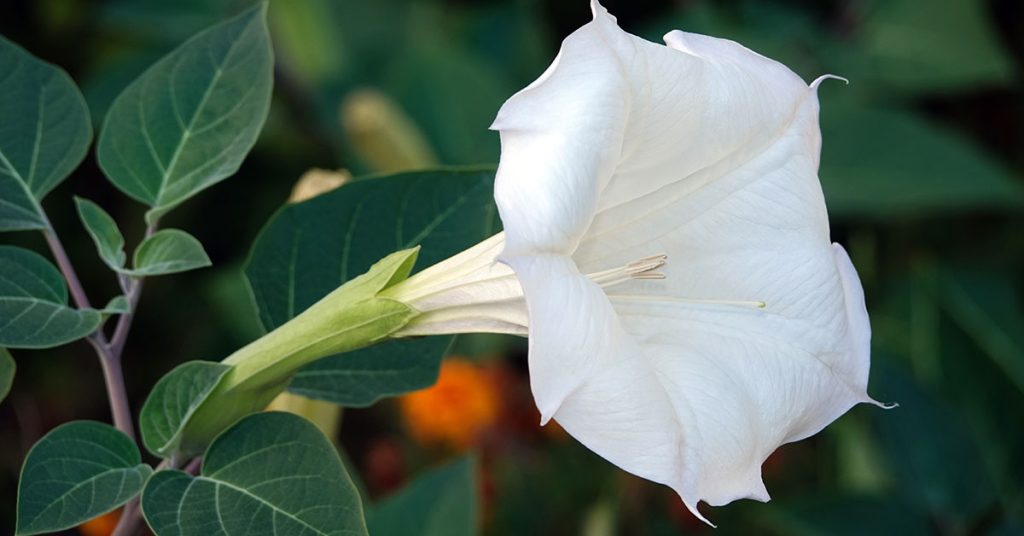
Datura (Datura stramonium), also known as jimsonweed or devil’s trumpet, is a plant with a long history of mystical and supernatural associations. Native to the Americas and parts of Asia, Datura has been used in various cultures for its psychoactive properties. The myths surrounding Datura date back to ancient times, with significant mentions in Native American and Hindu traditions.
In Hindu mythology, Datura is associated with the god Shiva and is considered a sacred plant. It is believed that offering Datura flowers to Shiva can help purify the soul and bring blessings. In Native American cultures, Datura was used in shamanic rituals to induce visions and communicate with the spirit world. Its hallucinogenic properties have made it both revered and feared, adding to its mystical reputation.
Hawthorn

Hawthorn (Crataegus) is a tree with deep roots in European mythology, particularly among the Celts and the English. The myths surrounding hawthorn are ancient, with references dating back to pre-Christian times. In Celtic mythology, hawthorn was considered a sacred tree, associated with the fairies and the May Day festival of Beltane.
Hawthorn was believed to have protective properties, often planted near homes to ward off evil spirits. In Christian mythology, the hawthorn is linked to the crown of thorns worn by Jesus during his crucifixion, adding a layer of sacred significance. The tree’s white blossoms and thorny branches symbolize purity and protection, making it a powerful symbol in various mythologies.
Elder
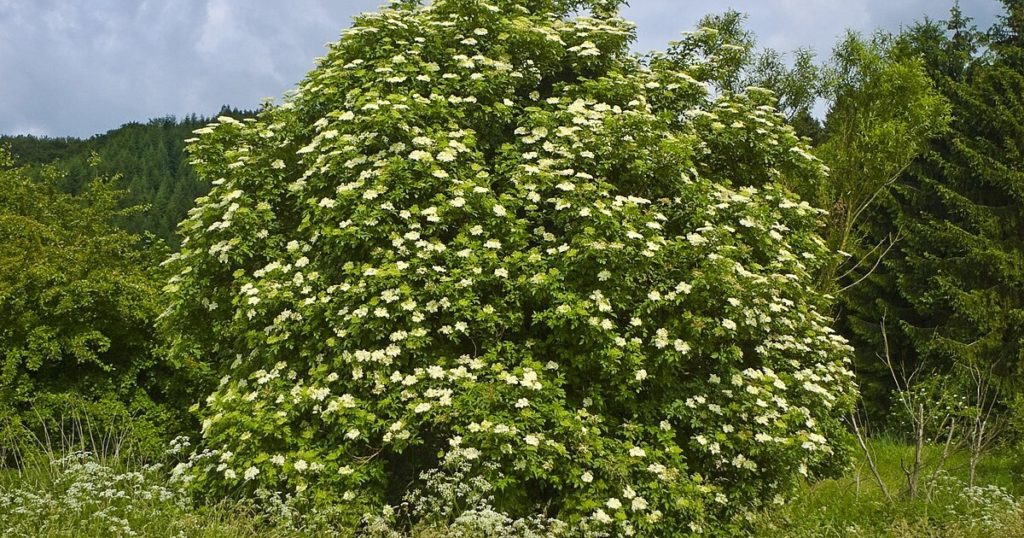
Elder (Sambucus nigra) has a rich folklore in Europe, particularly among the ancient Celts and Germans. The myths surrounding elder trees are at least a couple of thousand years old. In Celtic mythology, the elder tree was sacred to the goddess Hylde Moer, who was believed to inhabit the tree and protect those who respected it.
Elder trees were often planted near homes to bring good luck and ward off evil spirits. However, it was also believed that cutting down an elder tree without the proper rituals could bring misfortune. The elder’s small white flowers and dark berries were used in various magical and medicinal practices, adding to its mystical aura and revered status in folklore.
Holly
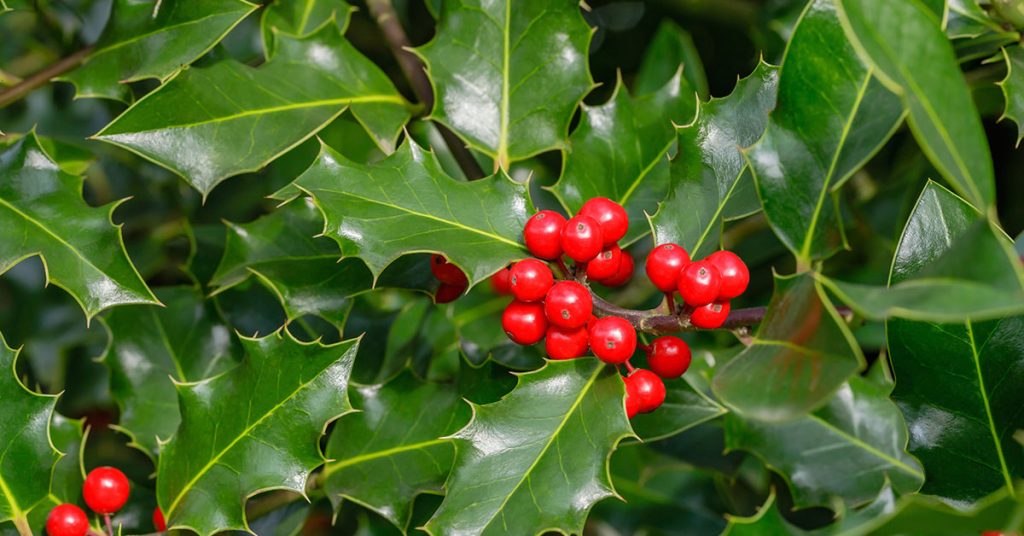
Holly (Ilex aquifolium) is a tree steeped in European mythology, particularly among the ancient Celts and Romans. The myths surrounding holly date back to pre-Christian times. In Celtic mythology, holly was associated with the winter solstice and the god of winter, providing protection and bringing good fortune during the dark months.
The Romans used holly as a symbol of protection and good luck, often decorating their homes with holly during the festival of Saturnalia. In Christian traditions, holly is linked to Christmas, symbolizing the crown of thorns worn by Jesus and the promise of eternal life. The evergreen nature and striking red berries of holly make it a powerful symbol of resilience and hope.
Henbane
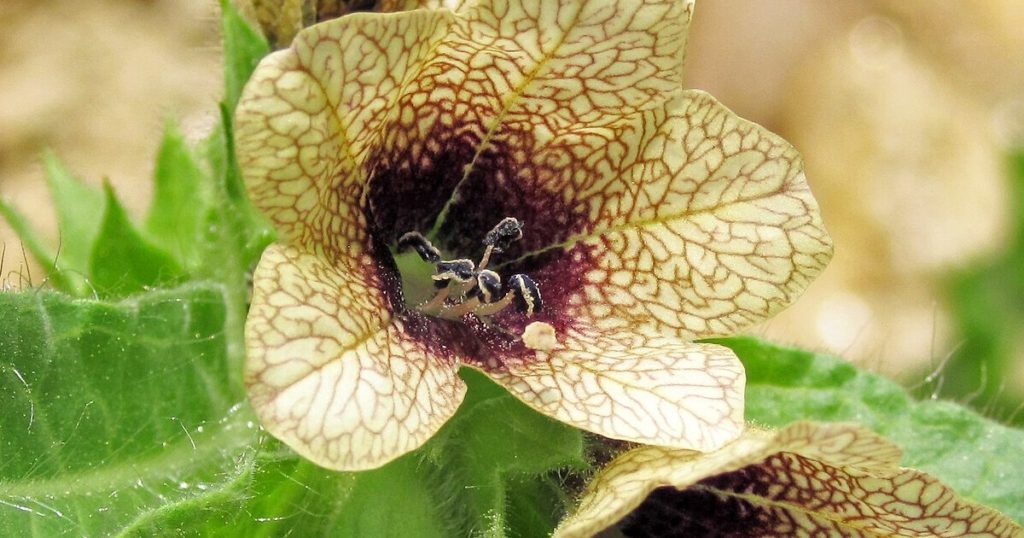
Henbane (Hyoscyamus niger) is a plant with a dark and mystical history, particularly in European folklore. Native to Europe and Asia, the myths surrounding henbane date back to ancient Greek and Roman times. Henbane was known for its toxic and hallucinogenic properties, often used in magic and witchcraft.
In medieval Europe, henbane was believed to be one of the ingredients in witches’ flying ointments, enabling them to fly and perform other supernatural feats. It was also used in potions and spells for its mind-altering effects. Despite its dangerous nature, henbane’s mysterious reputation has made it a plant of intrigue and caution in various mythologies.
Myrtle

Myrtle (Myrtus communis) is a plant with a rich mythology, particularly in the Mediterranean region where it is native. The myths surrounding myrtle date back to ancient Greek and Roman times. In Greek mythology, myrtle was sacred to Aphrodite, the goddess of love and beauty, symbolizing love, fertility, and immortality.
The Romans adopted myrtle as a symbol of love and marriage, often using it in wedding ceremonies and decorations. Myrtle was also believed to have protective properties, warding off evil spirits and bringing good luck. The fragrant white flowers and glossy leaves of myrtle have made it a beloved plant in both mythology and horticulture.
Rosemary
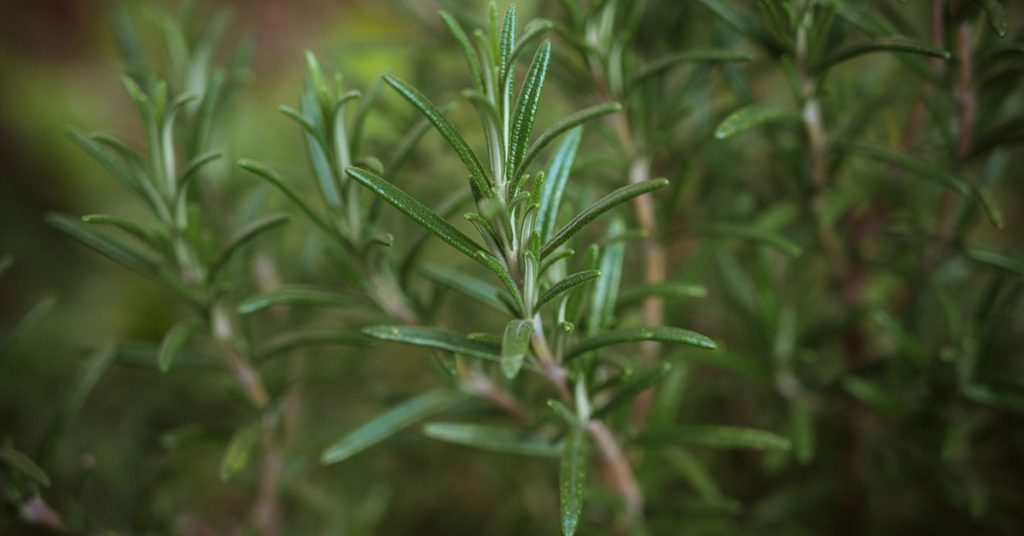
Rosemary (Rosmarinus officinalis) is a herb with a long history of supernatural associations, particularly in the Mediterranean region where it is native. The myths surrounding rosemary date back to ancient Greek and Roman times. In Greek mythology, rosemary was associated with Aphrodite, symbolizing love and fidelity.
The Romans believed that rosemary could improve memory and protect against evil spirits. It was often used in weddings, funerals, and other rituals for its protective and purifying properties. The fragrant needles of rosemary are still used today in cooking, medicine, and aromatherapy, carrying forward its legacy of mystical and beneficial qualities.
Vervain
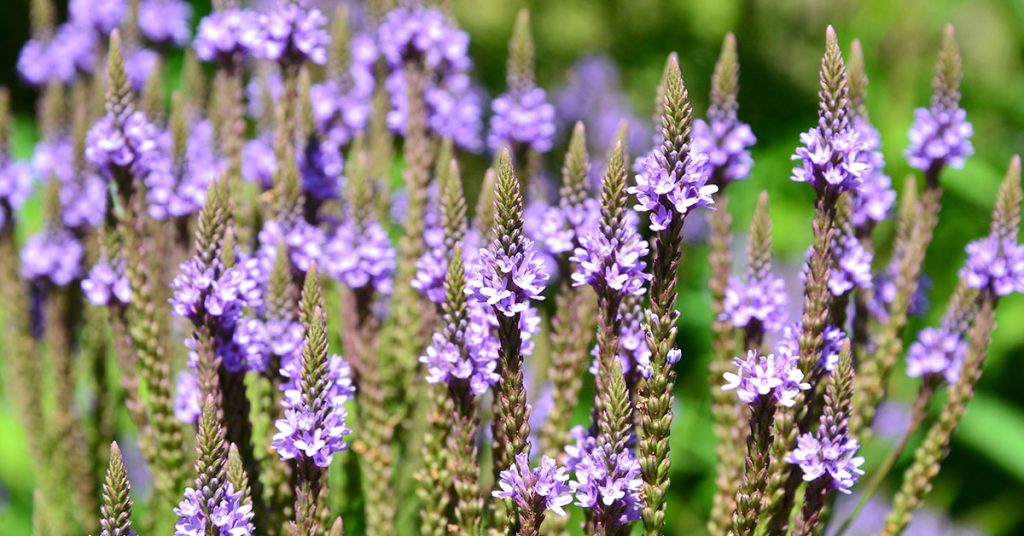
Vervain (Verbena officinalis) is a plant with a rich history in European and American folklore. The myths surrounding vervain date back to ancient Greek and Roman times. In Greek mythology, vervain was considered a sacred herb, used to cleanse and purify altars dedicated to the gods. The Romans believed that vervain could ward off evil spirits and bring good luck.
In medieval Europe, vervain was used in magical practices, believed to enhance spells and protect against witchcraft. Native Americans also used vervain in rituals and medicine, considering it a powerful healing plant. The small, delicate flowers of vervain add to its mystical charm and enduring significance in various cultures.




